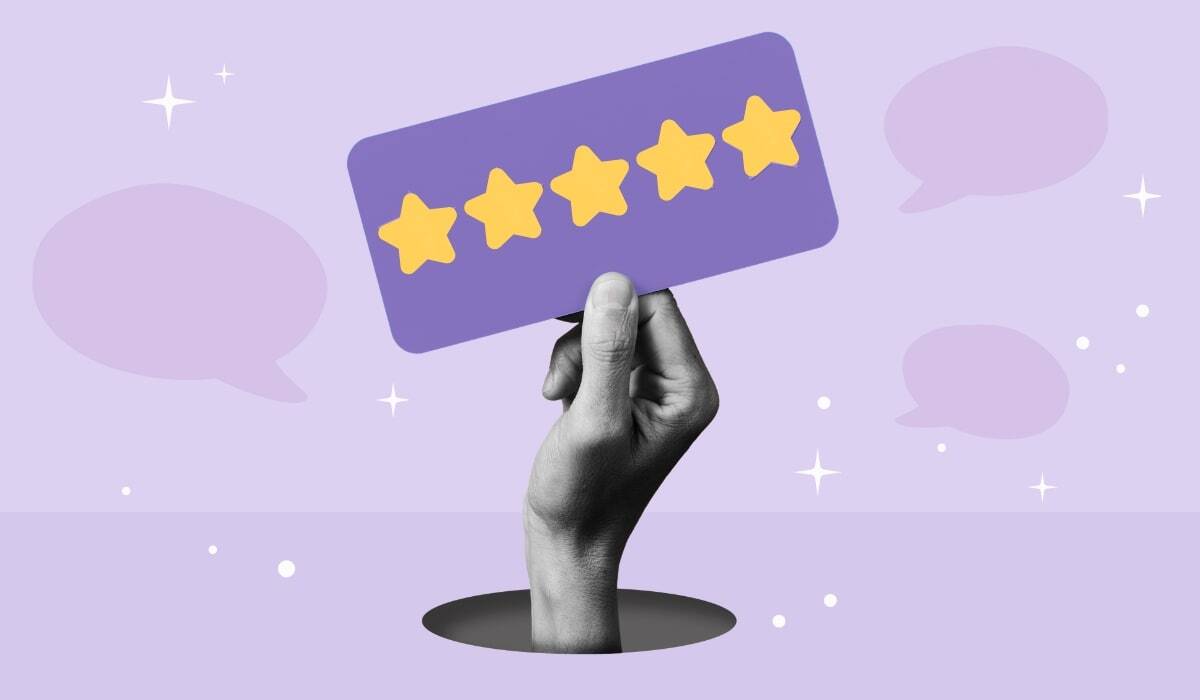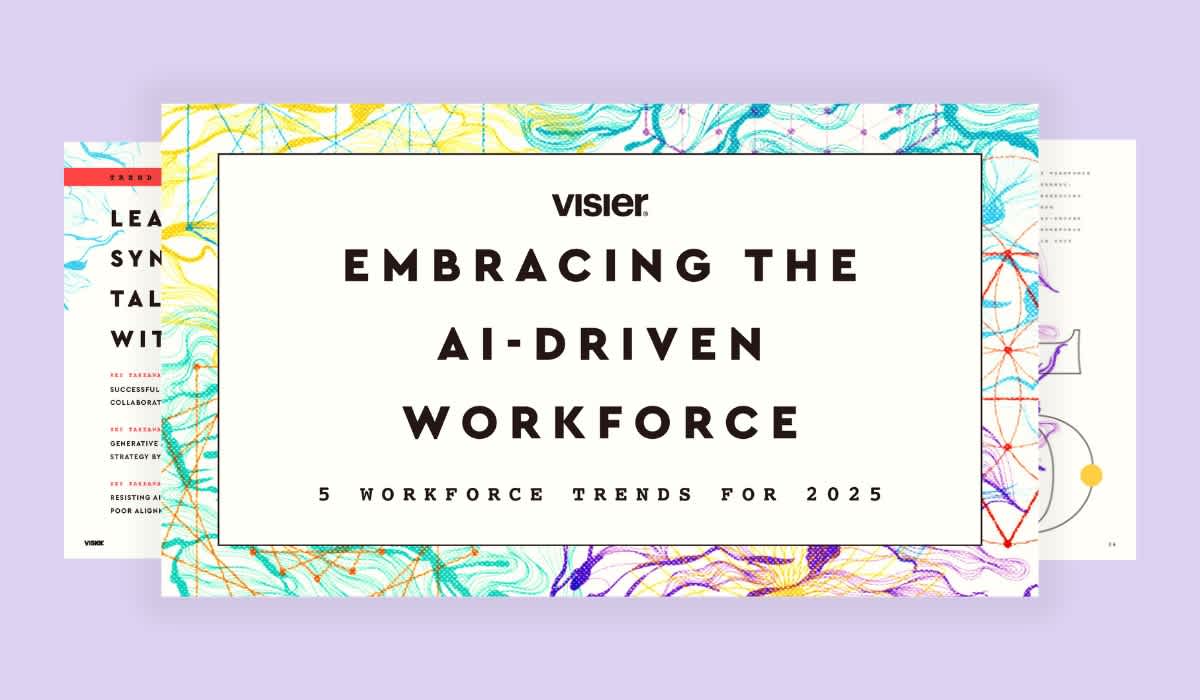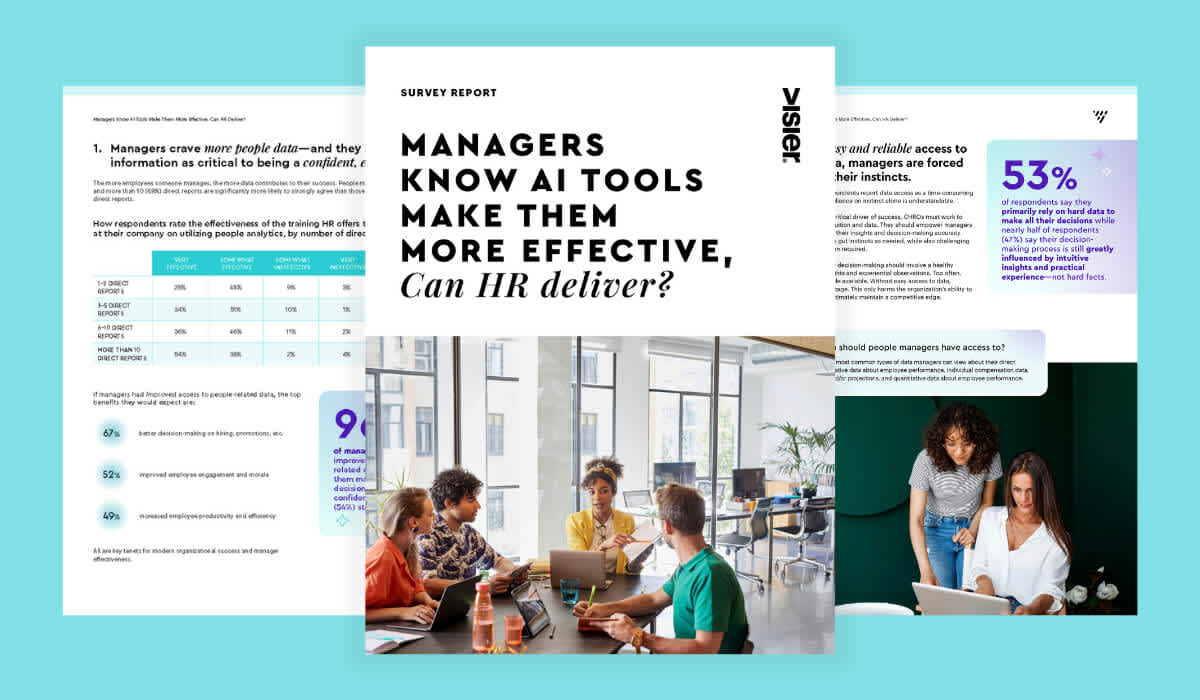Employee Performance Management in the AI-Driven Workplace
Discover how employee performance management boosts productivity, reduces turnover, and enhances engagement with modern strategies and AI-driven tools.

Performance management—providing feedback, coaching, and support to improve performance outcomes—has been around for centuries, dating as far back as 221AD when Wei Dynasty family members were being evaluated by emperors in China. However, performance management in the workplace took hold in the 1800s when Robert Owen used “silent monitors” to observe employees' work in Scottish cotton mills.
By the 1950s, it was formalized with personality-based assessments and Peter Drucker’s “Management by Objectives.” Later decades saw innovations like self-appraisal, psychometrics, and OKRs introduced by Intel. Since the 2000s, there’s been a shift toward continuous feedback.
In today’s AI-first workplace, performance management is transforming again.

What is employee performance management?
Employee performance management is the process of providing feedback to employees on their effectiveness over a given period of time. Typically, performance management occurs every six months or once a year, however, there is a growing trend toward continuous performance management and feedback.
Key components of performance management include goal setting, feedback, assessments, and improvement plans. Traditional performance management practices have involved managers evaluating employee performance based on previously established goals and objectives, meeting with employees to discuss areas of strength and opportunities for improvement, and documenting the discussion in the form of a performance plan to guide employees over the next timeframe.
The process is also often augmented with employee self-assessment and 360-degree feedback from peers, subordinates, and even customers and vendors.
Employee performance management drives organizational alignment and success
Employee performance management ensures that employee actions are aligned with organizational goals and objectives and that employees receive targeted feedback to help them improve their performance. Organizational objectives are often broken down into division, department, team, and individual goals, with the goals cascading from the top to the bottom of the organization. Regular check-ins and measurable outcomes are an important part of the process to ensure ongoing alignment and adjustments as necessary to address both internal and external changes.
Effective performance management delivers clear benefits:
Boosting productivity. Clear expectations, along with the right tools and support, help employees focus their efforts and achieve their goals more effectively.
Reducing turnover. Regular discussions about performance boost employee engagement and satisfaction. They also uncover career development interests, offering growth opportunities—a priority for today’s workforce.
Enhancing team dynamics. Goal alignment fosters collaboration, and regular feedback sessions promote open communication between team members.
Despite the clear benefits that effective performance management can deliver, less than 20% of companies rate their process as highly or very effective. Employees themselves recognize the downfalls in performance management, with less than half saying their companies’ approaches are a good use of their time.
Those that can get it right, though, reap the rewards. Companies that effectively focus on performance are 4.2 times more likely to outperform their peers, realize an average of 30% higher revenue growth, and experience 5% less attrition.

How AI is changing employee performance management for employers and employees
As AI revolutionizes the way work is done, HR leaders have found a wide range of relevant applications—including the performance management process. AI is already proving to have a positive impact for both employers and employees.
For employers, AI-powered performance management systems can provide real-time performance analytics, predictive insights, and data-driven evaluations, taking some of the subjectivity out of the often-criticized process. Up-to-date performance metrics provide an opportunity for earlier interventions and support, and advanced analytics can help to identify both top performance and potential flight risks. Data-driven evaluations remove bias from performance assessments, providing more objective, data-based insights that can lead to more fair and accurate evaluations.
“Without AI, you remain reactive, unable to fully leverage the vast amount of workforce data available to drive retention, engagement, and performance.”
-Eric Bokelberg, Senior Manager and Visier Alliance Leader, Workforce Analytics, Deloitte Consulting
For employees, AI provides access to personalized feedback and development suggestions and opportunities, ensures less subjective and more data-based assessments, and can aid in career path and planning and growth tracking.
Based on an individual’s past performance, AI can provide tailored feedback and development suggestions. Assessments driven by AI analytics provide more data-based and less subjective evaluations, while AI-powered systems can augment evaluations with personalized career development recommendations. AI can then also serve a role in tracking progress in meeting personal growth goals.
By embracing AI-powered performance management tools, organizations can create a more agile, data-driven approach to talent development and retention. This not only improves overall workforce performance but also enhances employee engagement and satisfaction through more personalized and objective feedback processes.
How employee engagement fuels performance management success
Employee engagement is the extent to which employees are positively connected with their employers, colleagues, and work. It’s a critical factor in organizational success that is closely tied to performance management. Engaged employees are more likely to positively contribute to better company outcomes and successful goal achievement through increased productivity and improved decision-making. In fact, research supports the notion that high engagement can boost business outcomes like productivity and lead to higher levels of customer satisfaction.
Research from Gartner highlights the tie between employee engagement and business outcomes, indicating employees who are excited about their work are 31% more likely to stay at their organization, 31% more likely to go above and beyond (discretionary effort), and contribute 15% more.” They’re also less likely to miss work, positively impacting absenteeism.

Tactics to boost employee engagement and performance
Employee engagement can be boosted through regular and meaningful feedback, transparent goal-setting that is aligned with individual aspirations, and an investment in employee development and growth opportunities.
AI can be an aid in all of these areas, providing insights and information to help expedite these processes while also removing subjectivity and bias. AI can also be used to monitor and report on progress, recommending new areas of focus for better results.
For instance, AI can be used to:
Provide timely and personalized feedback to employees.
Align individual goals with organizational objectives.
Create career paths and track growth while identifying personalized areas for development and targeted learning opportunities.
Embracing AI positively influences employee performance
AI is poised to allow organizations to capitalize on the positive business impacts of high employee engagement. It’s abundantly clear that “organizations with higher employee engagement scores have significantly better performance outcomes.”
It’s not just that highly engaged employees contribute positively toward profitability and productivity—disengaged employees actually cost the business. Disengaged employees cost the world’s economy $8.8 trillion in lost productivity—equivalent to 9% of global GDP.
Using AI and analytics to connect engagement scores to other key metrics, like performance ratings, resignations, promotions, and manager instability provides actionable context and direction for organizations wishing to leverage engagement for better business results.
Employee performance management FAQs
1. What is the main goal of employee performance management?
The primary goal is to align employee performance with organizational objectives, fostering productivity and professional growth.
2. How does AI benefit performance management?
AI enhances performance management by providing real-time insights, predictive analytics, and objective feedback, making the process more efficient and personalized.
3. What’s the link between employee engagement and employee performance?
Engaged employees tend to be more productive, stay longer, and contribute positively to the workplace, making engagement crucial for effective performance.



